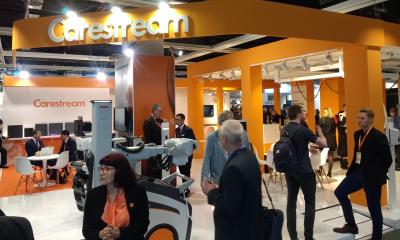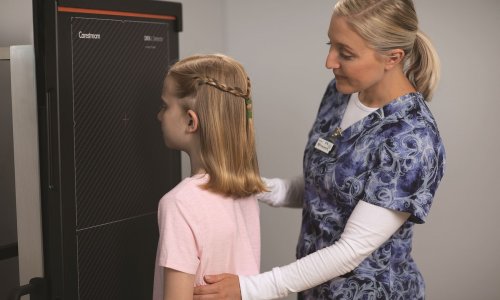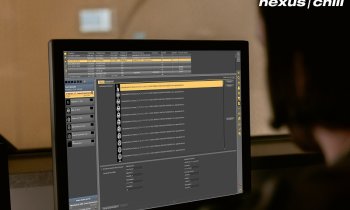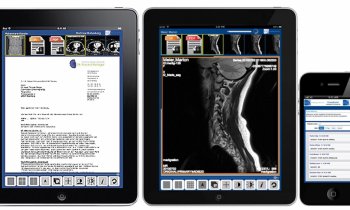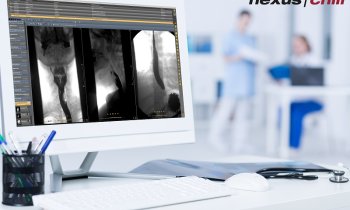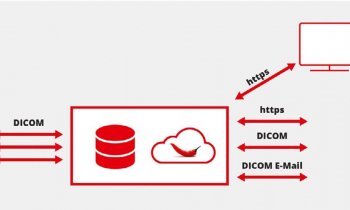PACS improves care in Italy’s largest children’s hospital
Located in Vatican City in the heart of Rome, the Ospedale Pediatrico Bambino Gesù not only profits from a literally blessed base but also from an advanced IT-infrastructure in the radiology department. For over a year and a half, the largest children’s hospital in Italy has worked with the Carestream PACS, connecting the institution with two cooperating sites, one in Palidoro, one in St. Marinella.
European Hospital interview, Dr Paolo Tomà, Director of the Imaging Department, spoke of his institution’s needs and how these have been met through a PACS implementation.
Covering the entire medical spectrum, Bambino Gesù hospital is dedicated to children from all over Italy and even Europe. With strong expertise in paediatric cardiology and surgery including organ transplantation and neurosurgery, the need for excellent imaging options is huge. Dr Tomà’s department is equipped with a latest generation multi-slice CT and two MR-scanners; another MRI is installed in Palidoro centre.
130,000 examinations are performed annually in all three hospitals; around 90,000 in Rome.
Dr PauloTomà: ‘A key component of our work is of course to keep radiation and intervention as low as possible. Besides ultrasound, MRI is the most important modality in clinical practice, especially in thoracic/cardiac imaging we cannot avoid CT examinations. In combination with X-Ray images – all three sites are completely filmless – we therefore create a huge amount of data that needs to be handled fast and seamlessly.’
With the old PACS there were huge limitations in data access, meaning that radiologists had problems in obtaining the right pictures at the right place in the right time. ‘Two years ago we decided to invest in a new PACS to solve those limitations and guarantee a fast access. We opted for Carestream - which I already had good experience with in my previous job.’ He explained. ‘What I appreciate most about the system is the excellent post-processing possibilities. The ease of use results in a much quicker image access and quicker diagnostic outcome, which is crucial especially in emergency situations.
Today, all three sites are connected to the Carestream PACS with one central archive in Bambino Gesù hospital. Images acquired in Palidoro or St. Marinella can be seen in real time at the workstations. Another advantage, Dr. Tomà pointed out, is the comparability of old and new images and images from different modalities: ‘The PACS automatically recognises the anatomic part and allows quick, precise comparison of images that have been captured at different times or with different modalities.’
In all, 25 workstations are connected to the central system and have access to all patient data stored on the servers. Two separate servers are connected through a high performance fibre channel; images stored on the first server are real time and mirrored on the second server for business continuity. Both PACS servers are connected through a semantic cluster to have high redundancy.
A third server, installed for long term archiving, is connected to a high capacity tape library. It is based on a 30 Terabyte archive that hosts all examinations since 2003, all images are online for ten years.
Dr. Tomà: ‘The integration of the system was quite seamless, only the matching with our HIS (Hospital Information Services) was kind of tricky – but this is normal because the HIS is mainly designed for administrative applications. In general, we’re very happy with this solution because it fits perfectly into our infrastructure and fulfils the needs of the decentralised communication between the hospitals.’
26.10.2011
- data management (585)
- economy (1046)
- interoperability (70)
- PACS (176)
- paediatrics (345)
- teleradiology (87)
- workflow (491)



